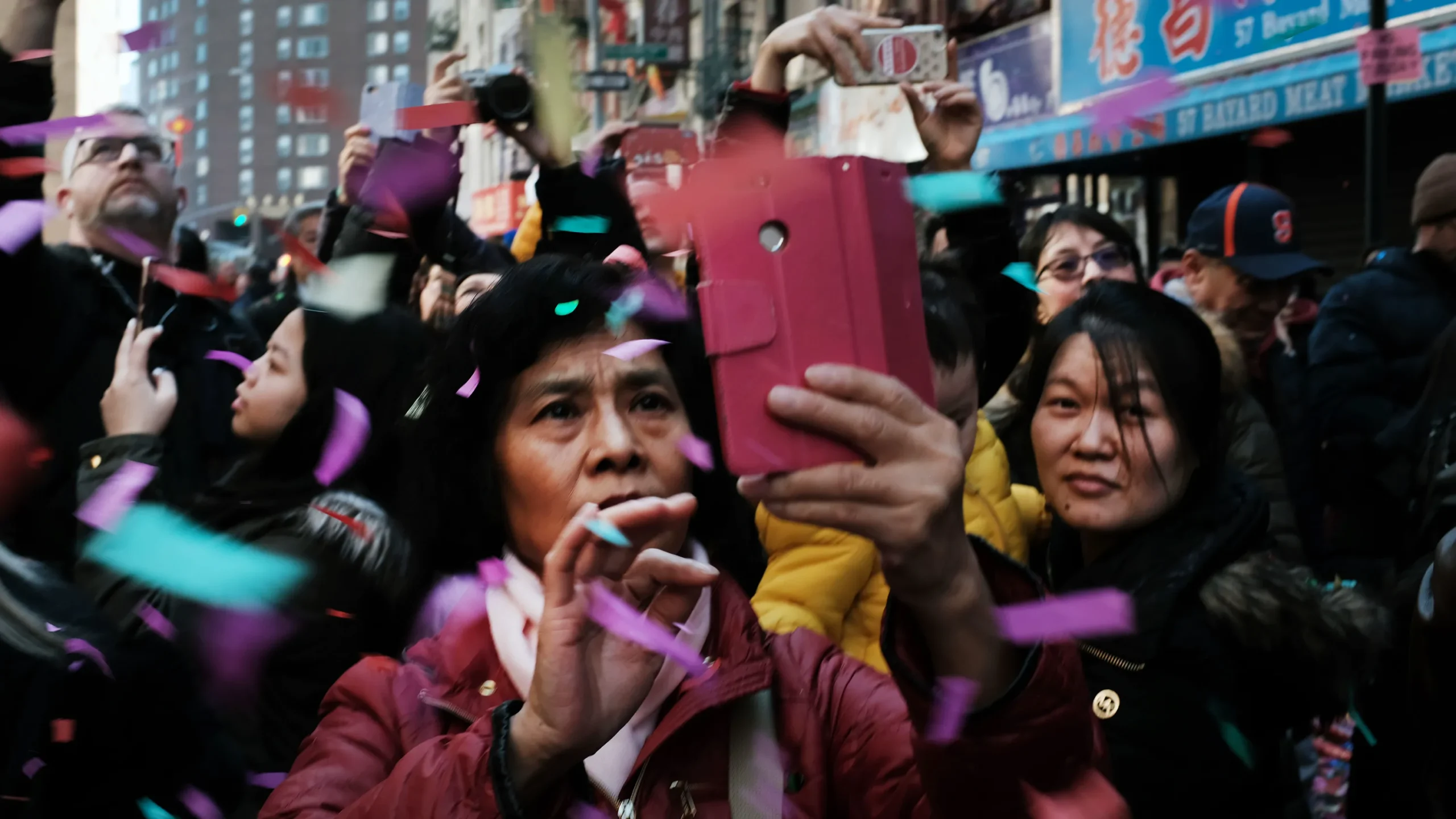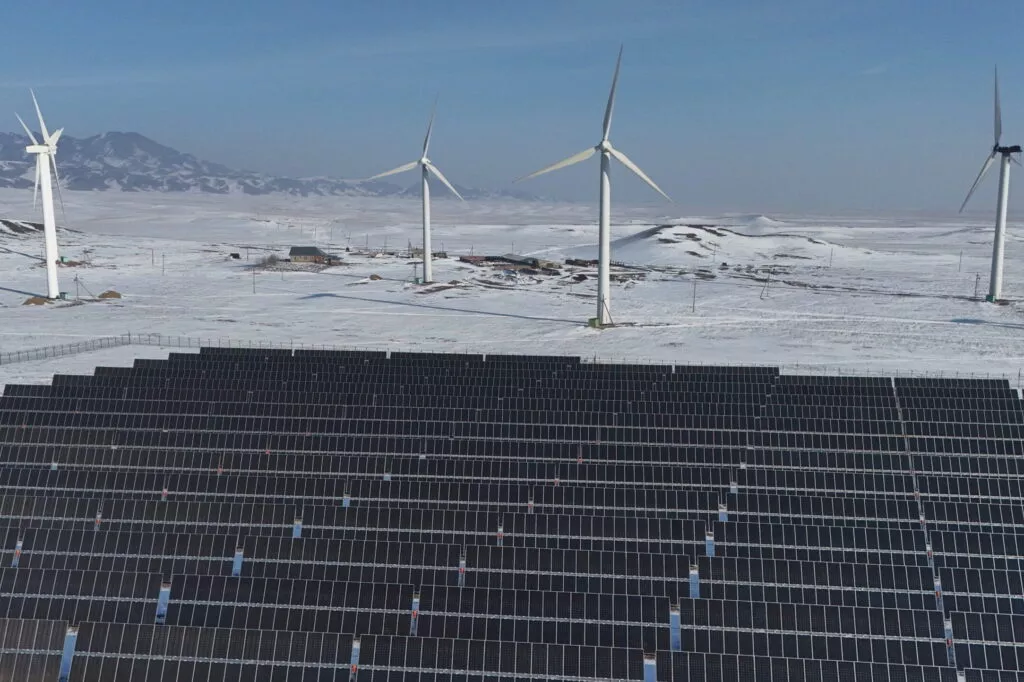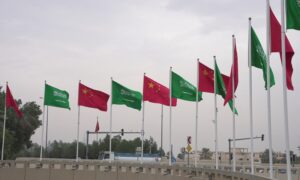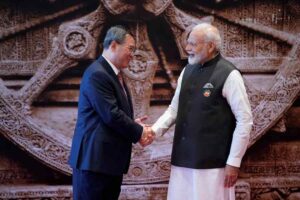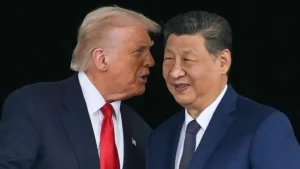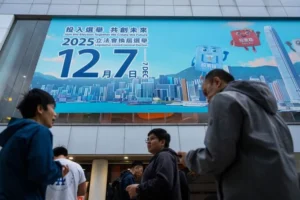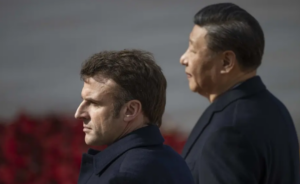Besieged by economic distress, Xi Jinping sees in ‘Chinese-style modernisation,’ a solution to crisis
On January 19, President Xi Jinping held a meeting with the members of the Central Committee of the Chinese Communist Party to discuss the economic situation in the country. But when many of them expected that the Chinese President would press the reform button, he reiterated his call for ‘Chinese-style modernisation,’ while impressing upon them to remain focused on the removal of impediments, including red tapism which are considered as an institutional bane in the way of China’s growth.
“Stay laser-focused on breaking down institutional impediments that stand in the way of nationwide modernization efforts,” President Xi Jinping was quoted by Xinhua, the state backed news agency, as telling the gathering. Though it was not disclosed whether Xi’s meeting with senior leaders of the CCP was in preparation to the 20th Central Committee meeting, delayed from last year and has not since then formally announced as to when it will happen, but it was held to generate a feeling that the situation was desperate and ‘Chinese-style modernisation’ was an answer to it.
“This year’s priority is to plan further reforms in promoting Chinese-style modernisation. We must persist in using reform as part of an overarching strategy to solve risks and challenges and to boost confidence,” Xinhua said while quoting a readout from President Xi Jinping’s speech at the meeting.
In early 2021, President Xi had used catchphrase ‘Chinese-style modernisation,’ to encapsulate his political assertion that modernisation as pursued by China must follow principles such as the equitable distribution of income, peaceful national development, and ecological sustainability while distinguishing it from modernisation as unfolded in the developed countries of the West.
While the Chinese President in his address to CCP’s Central Committee members stayed focussed on ‘Chinese-style modernisation,’ The Economic Daily, the party’s State Council publication, in its op-ed on February 19, called for timely reforms to bring the economy back on the rails. “Timely efforts must be made to break through systematic, institutional hurdles in fundamental reform realms, like a high-level unified market and opening up, as these aspects matter to the future of the party and the country,” The Economic Daily said in its op-ed commentary.
It clearly speaks volumes of worries that have set in the CCP regarding the economy and way forward to its management. The CCP’s State Council publication has warned that if reform measures are not implemented then it would impact the overall health of the economy, the party, and the country. In fact, the assessment of The Economic Daily is based on the ground reality that presents a worrisome picture about China’s economy in 2024, which is the Year of the Dragon.
The IMF has predicted the country’s economy to grow at 4.2% in 2024. However, Rhodium Group, a research firm with a focus on China, has estimated that the economy of the world’s second economic power will grow at 3% to 3.5% in 2024. It has expressed its doubt on China’s National Bureau of Statistics’ recent report that the country’s GDP grew at 5.2% last year.
Nikkei Asia has quoted Rhodium Group as calling NBS data “irreconcilable with evidence of general malaise and reactive policymaking that has piled up all year long.” The research firm estimated that in 2023, China’s actual growth figure remained closer to 1.5%. Question has also been raised on transparency over data on youth unemployment in the country. Last year, China stopped publishing youth joblessness data when the figure reached a record 21%. This year in February, using a new methodology, Beijing has put the figure of youth unemployment at 15%.
All along this, the business community and investors have already expressed their scepticism over Chinese leadership and state-backed institutions’ claim that the country has turned the corner. While international investors are pulling out of Chinese stocks at a record rate, export earnings have dipped and property market continues to languish in peril even as the country has ramped up support measures such as lowering mortgage rates on home purchases.
Then the deflationary trend continues to hound the country with consumer prices falling in January for the 4thstraight month. Consumer price index fell 0.8% in January on an annual basis, Reuters said. It is in this atmosphere of despondency and desperation, Chinese President Xi sees a ray of hope in ‘Chinese-style modernisation,’ a phrase which found its mention for the first time in the speech of Deng Xiaoping, China’s paramount leader, in March 1979. It also found its mention in his opening remarks to the 12th National Congress of the CCP in September 1982. Referring to ‘Chinese-style modernisation,’ Deng Xiaoping had said “taking our own path and building socialism with Chinese characteristics” was the way forward for China.
While Deng Xiaoping’s idea of ‘Chinese-style modernisation’ talked about new economic approaches all along accommodating the country’s national circumstances, Xi’s idea of ‘Chinese-style modernisation’ emphasizes China’s approach to development as opposed to that of the West. But analysts say howsoever be the catchy phrase, no plans will be successful unless confidence is restored in the market by introducing new reform initiatives and their immediate implementation.

